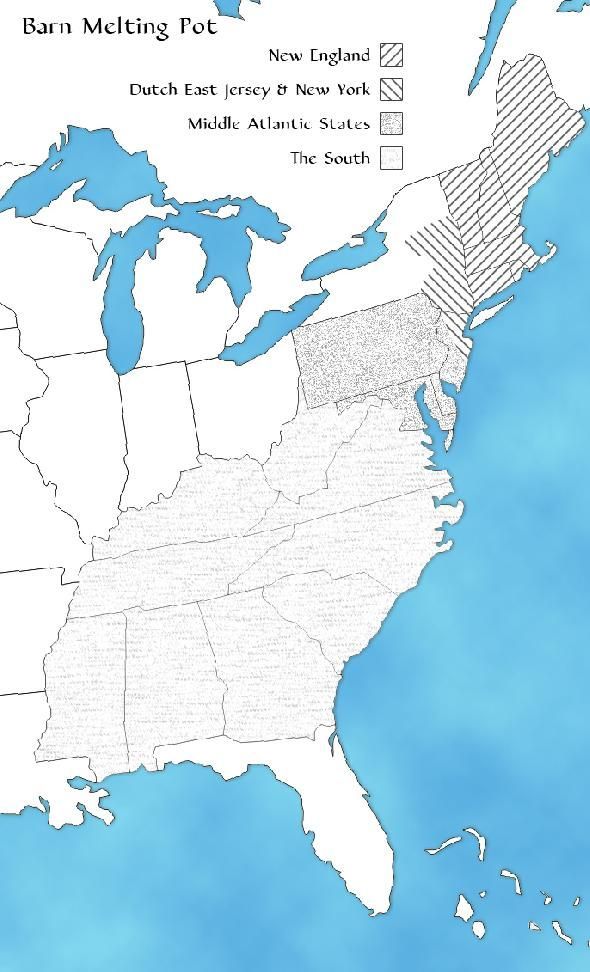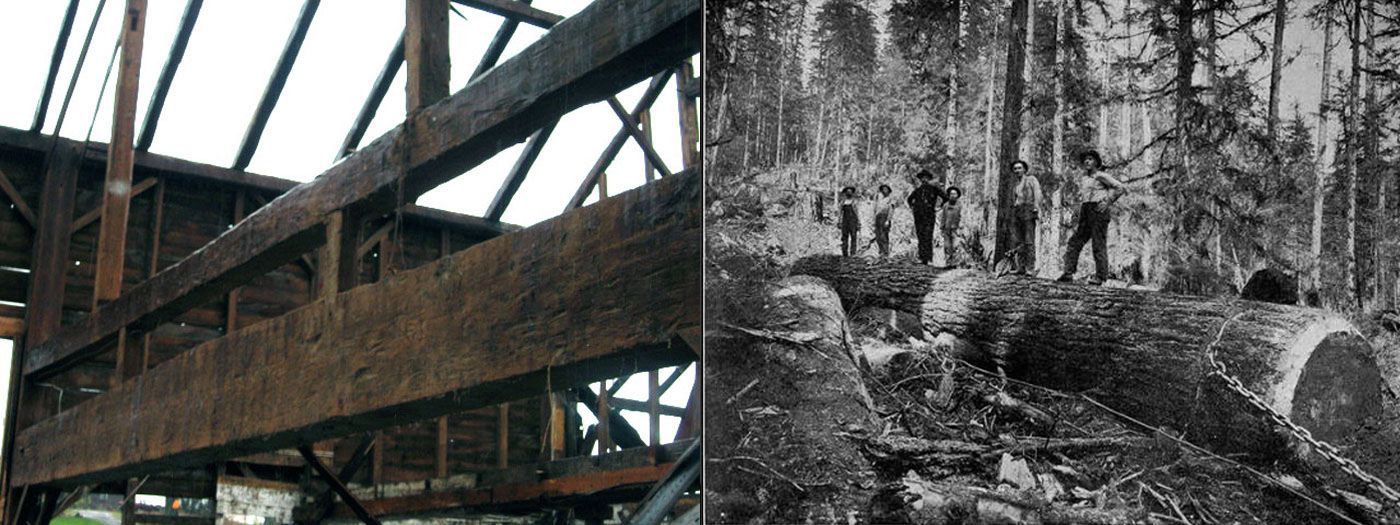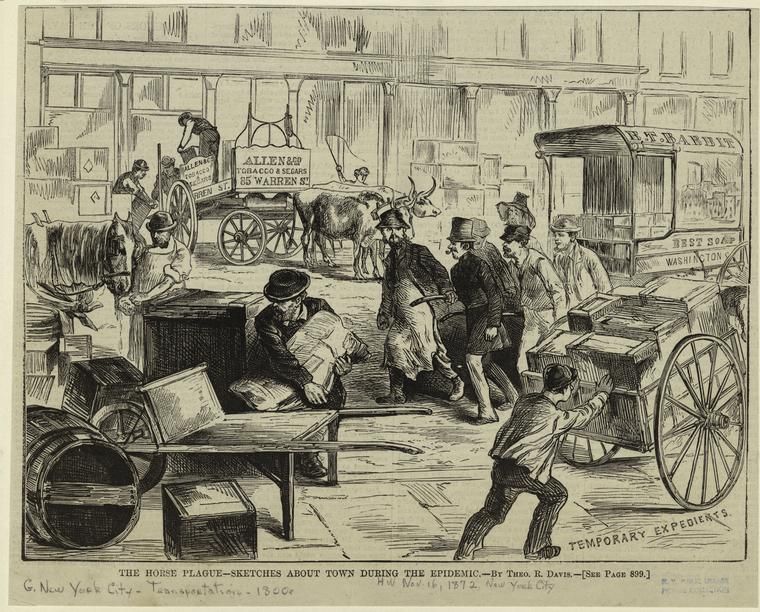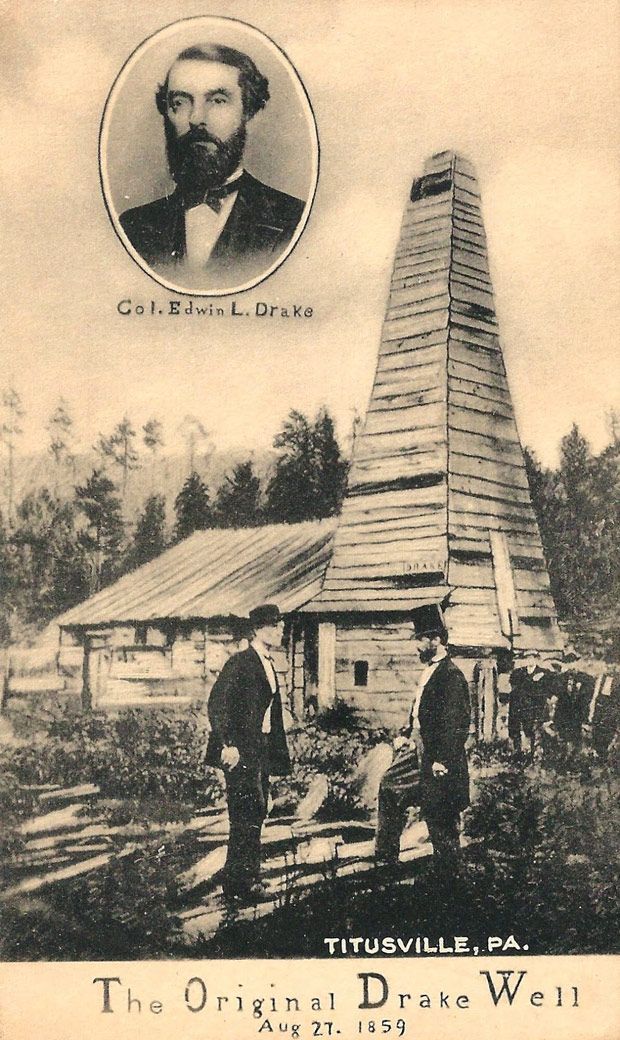The Barn Melting Pot
I am often asked the question of where we get our barns. When I reply, “Mostly from New York,” I am then asked, aren’t there good barns in other states?
To answer this question takes a history lesson. First, there are proportionately few barns in the western United States that are timber-framed. This is because the Westward movement in the U.S. coincided with the advent of the Industrial Revolution in the 1800’s. As America industrialized and sawmills took the place of hand-hewing in the building of timber frames, there were fewer and fewer handcrafted, heavy timber frames built as settlers moved west. So the largest concentration of good, old timber frames is in the east. And since the warm climate of the south was not conducive to long life in wooden farm buildings, and the warmer southern winters did not require farmers to necessarily have large barns, this left the biggest and best East Coast barns in the northeast.

And the northeast had its divisions, too. Let’s include in this region the New England states of Massachusetts, Connecticut, Rhode Island, Maine, New Hampshire and Vermont (originally known as the “Hampshire Grants”). Also in the northeast are the Middle Atlantic States: New York, New Jersey, Pennsylvania, Delaware and Maryland. Below this are the southern states beginning with Virginia (though some would argue that the south begins with the Mason-Dixon line and therefore part of New Jersey is in the south, too, and Cape May, New Jersey, is south of Alexandria, Virginia!).
Moving back north again: Barns in the New England states are just that— English, with few exceptions. New England was settled by Englishmen who early on excluded foreigners from their colonies and even shunned other Englishmen who did not conform to their Puritan beliefs, like the Quakers, who, under William Penn, settled Pennsylvania, and the Catholics who settled Maryland.
Pennsylvania, Maryland, Delaware and West Jersey were also largely settled by Englishmen, with a smattering of Germans. This leaves the colonies of East Jersey and New York, where we get most of our barns. This region was settled in the 1620’s, not by the English but by the Dutch. And the Dutch allowed many nationalities to immigrate to what they then named “New Netherlands.” Aside from Dutch there were French Huguenots, Swedes, Jews, Walloons, Scots, Germans and others. And many brought their different timber-framing traditions to the Hudson and Mohawk Valleys and northern New Jersey (known in colonial times as “East Jersey”).
Combine this old world timber-framing talent with the virgin forest of this region, and you have the grandest barns ever built. And that’s where our barns come from.





